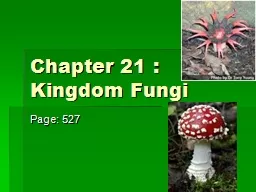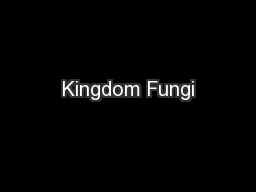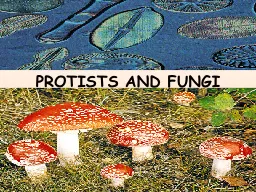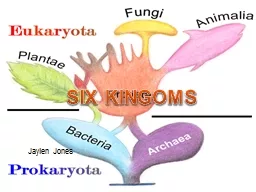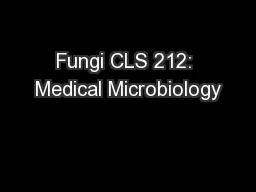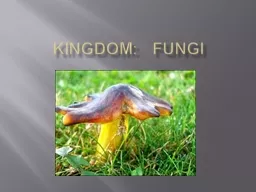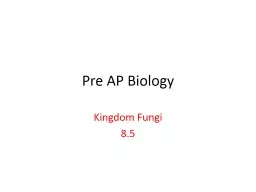PPT-Chapter 21 : Kingdom Fungi
Author : luanne-stotts | Published Date : 2016-07-15
Page 527 What types of Fungi do you know Bread Molds Mushrooms Molds on oranges Yeasts Mildews Rusts amp Smuts What are Fungi Plantlike characteristics Stationary
Presentation Embed Code
Download Presentation
Download Presentation The PPT/PDF document "Chapter 21 : Kingdom Fungi" is the property of its rightful owner. Permission is granted to download and print the materials on this website for personal, non-commercial use only, and to display it on your personal computer provided you do not modify the materials and that you retain all copyright notices contained in the materials. By downloading content from our website, you accept the terms of this agreement.
Chapter 21 : Kingdom Fungi: Transcript
Download Rules Of Document
"Chapter 21 : Kingdom Fungi"The content belongs to its owner. You may download and print it for personal use, without modification, and keep all copyright notices. By downloading, you agree to these terms.
Related Documents

